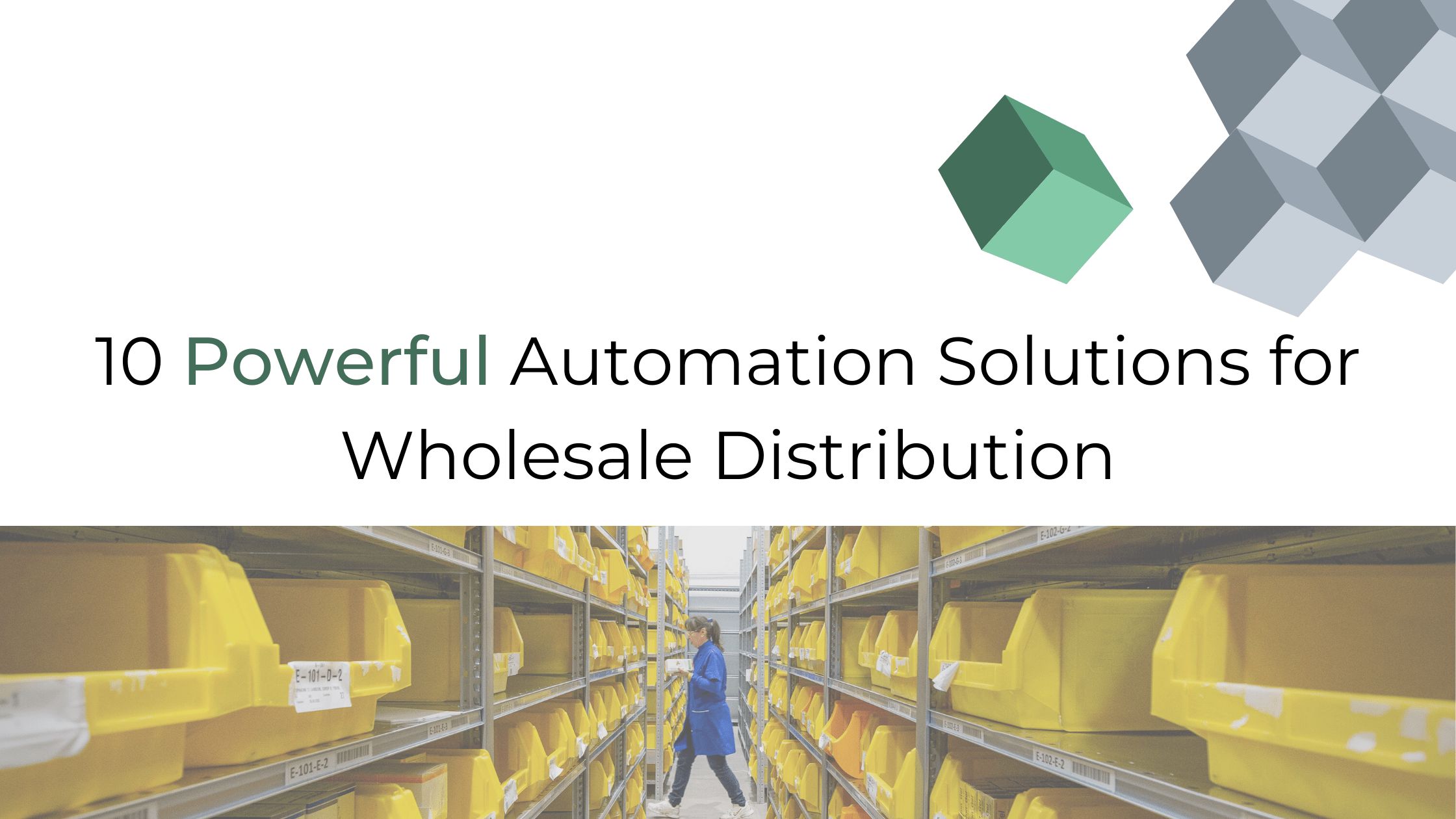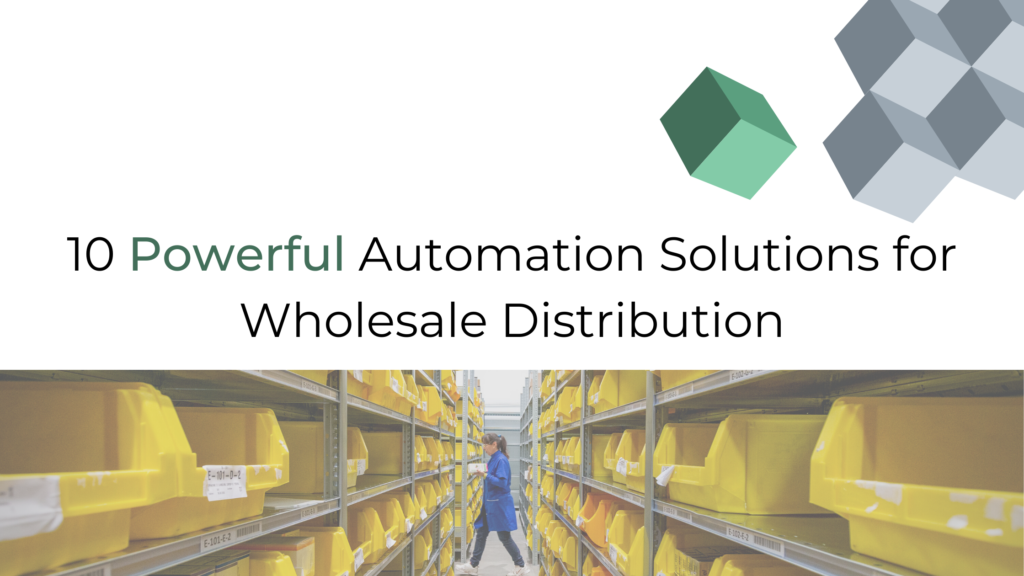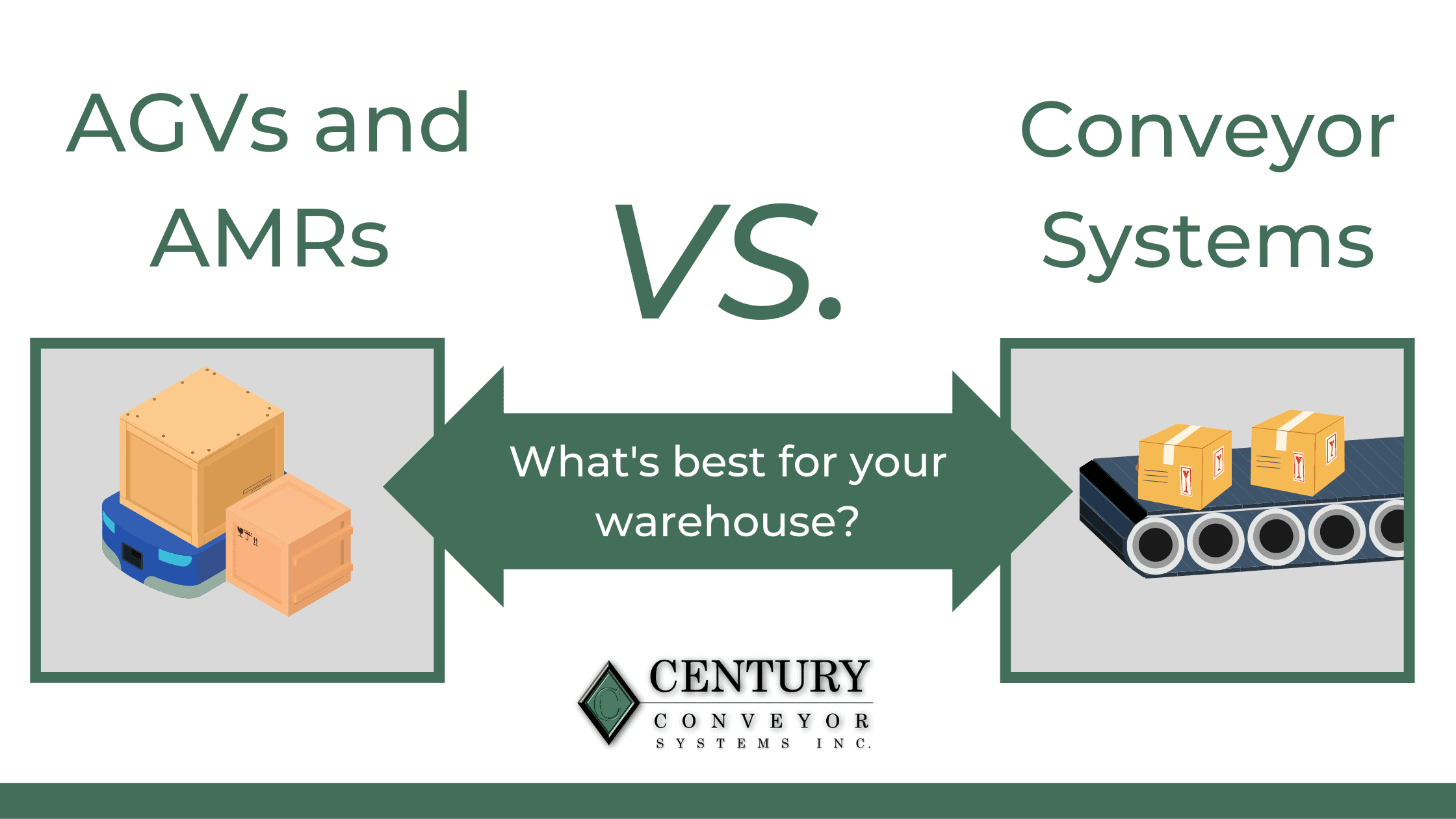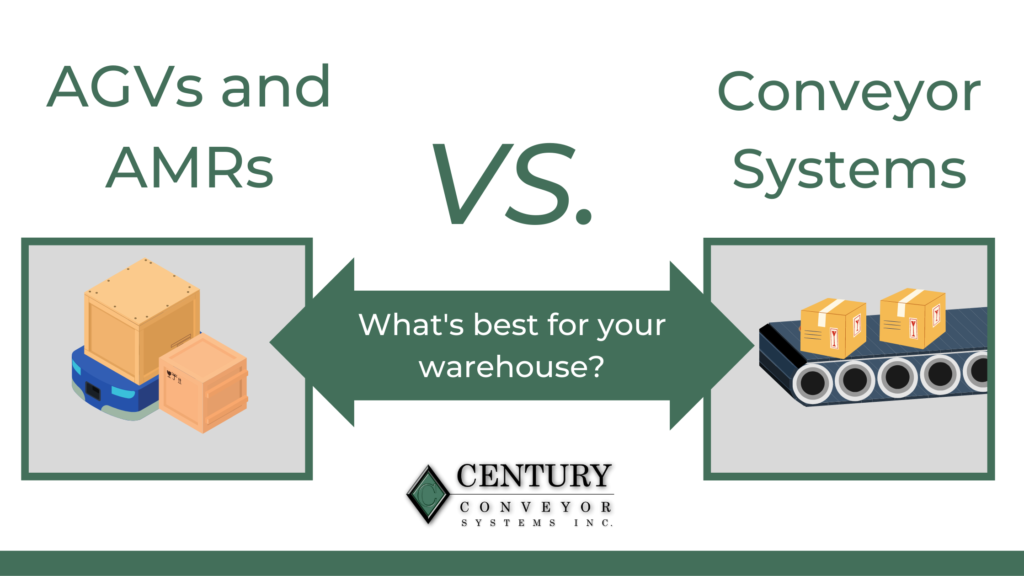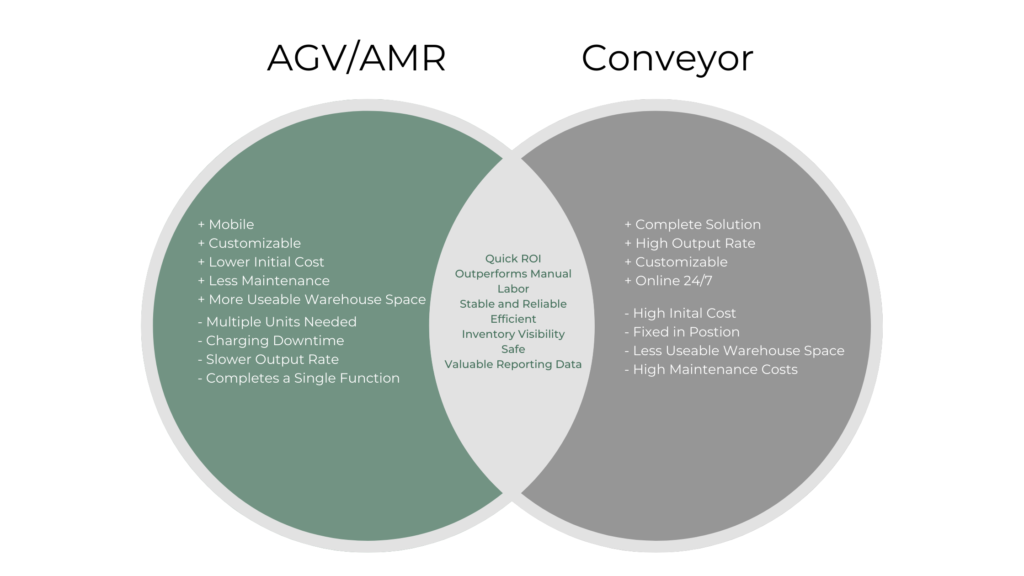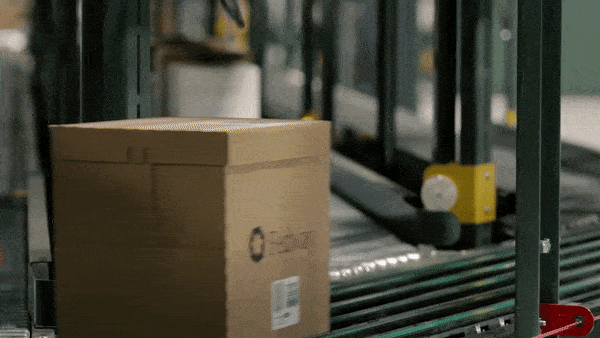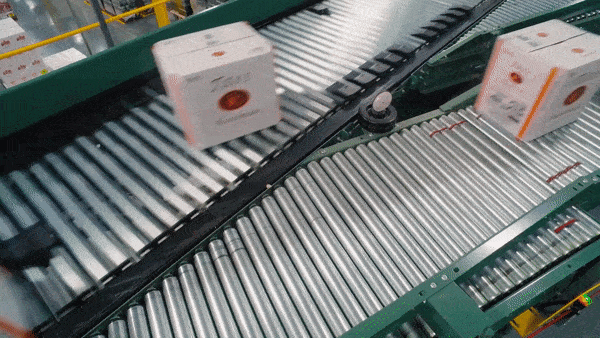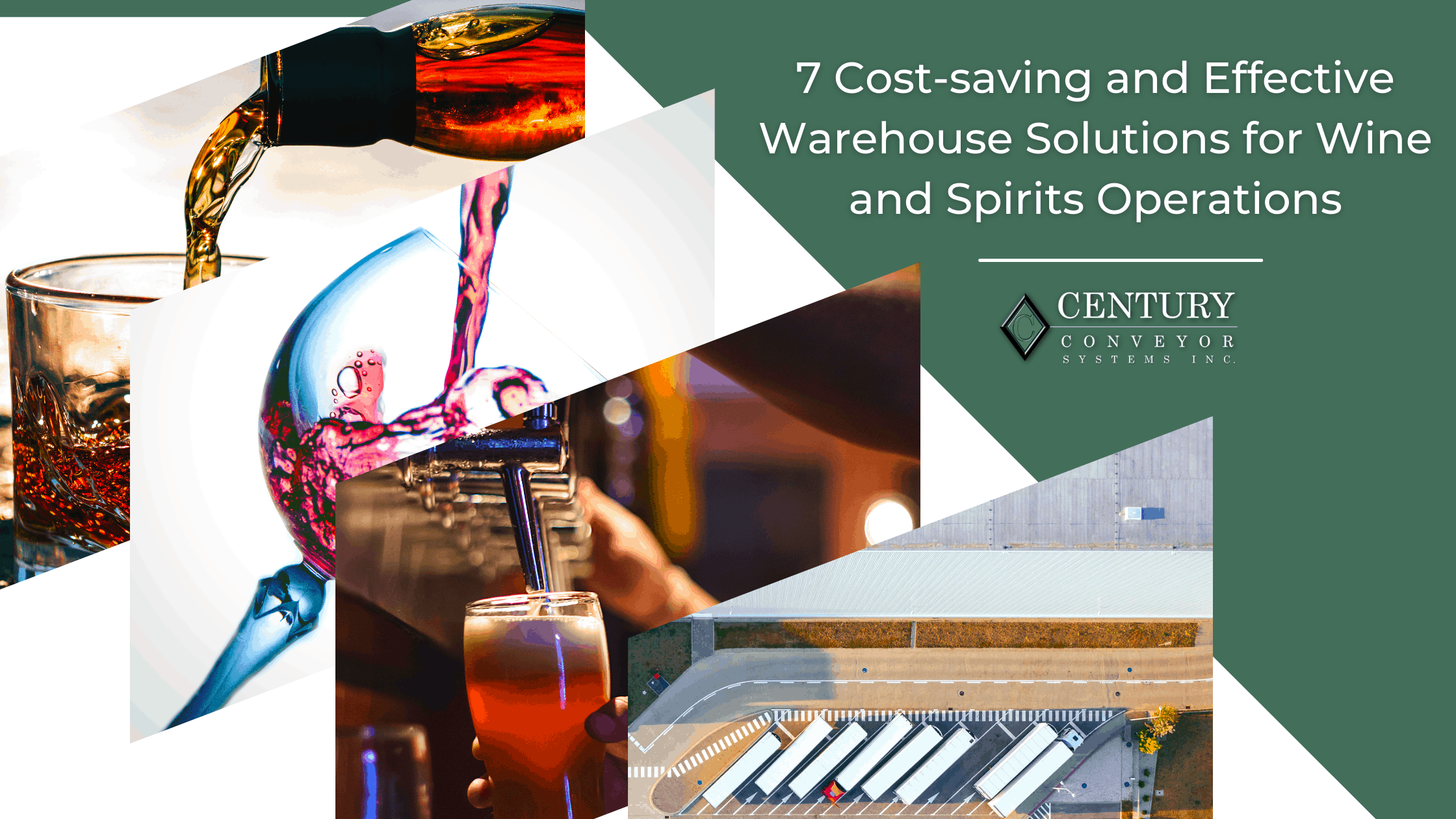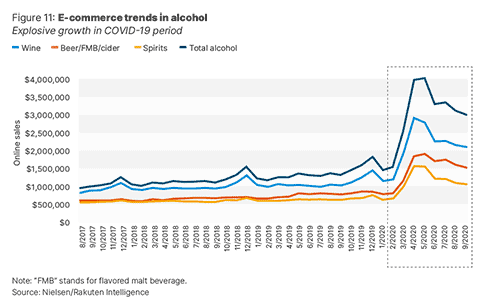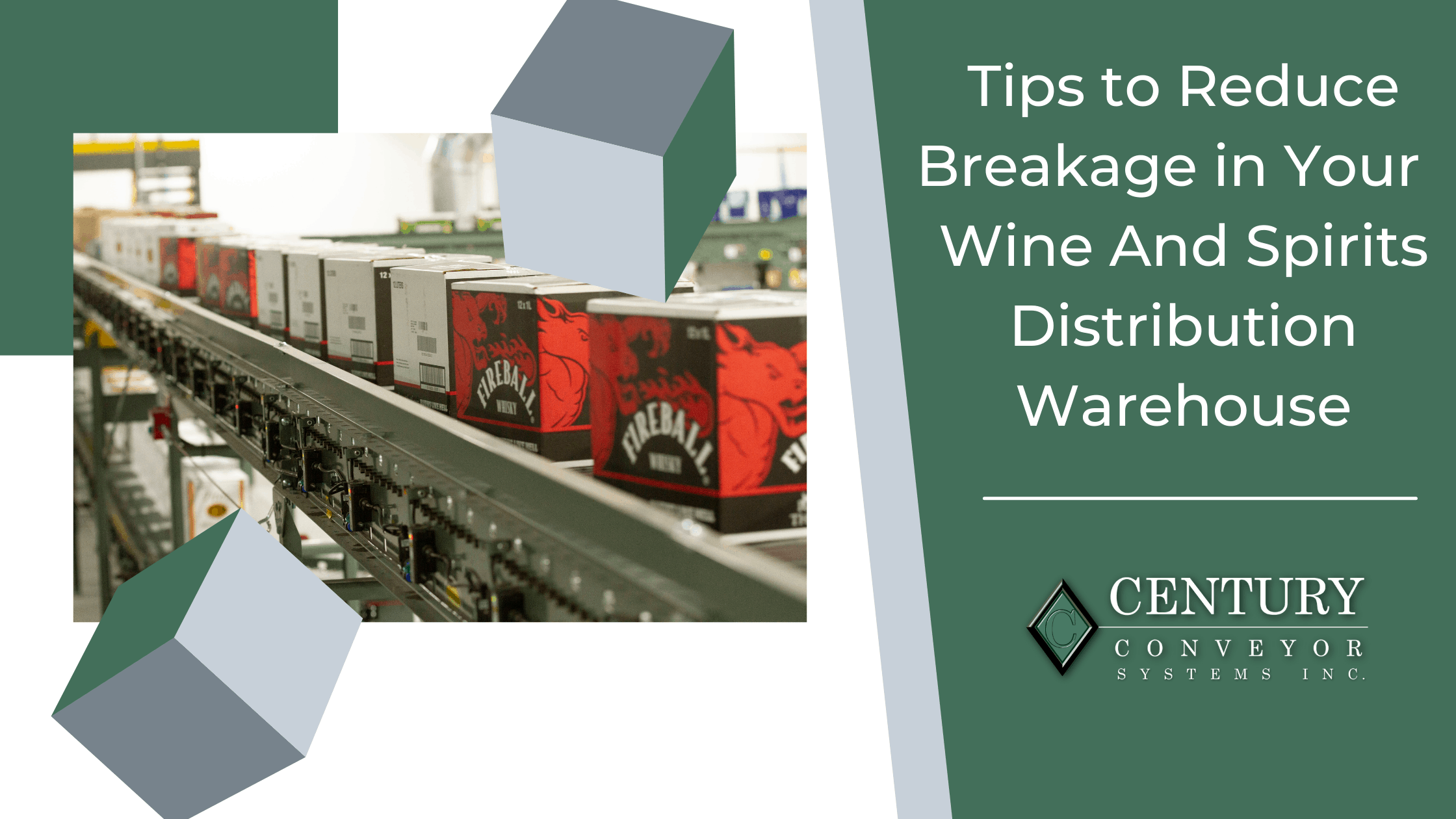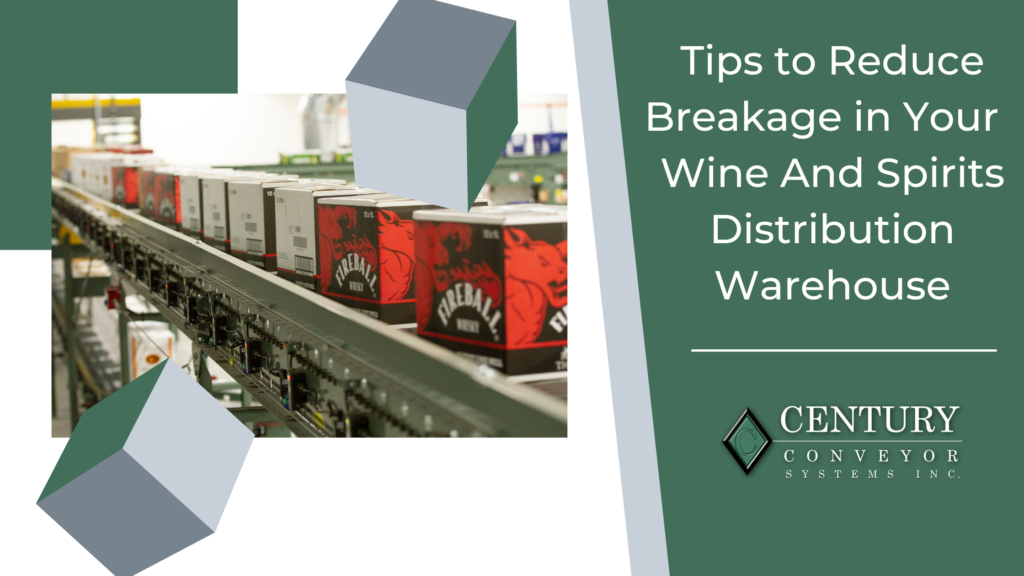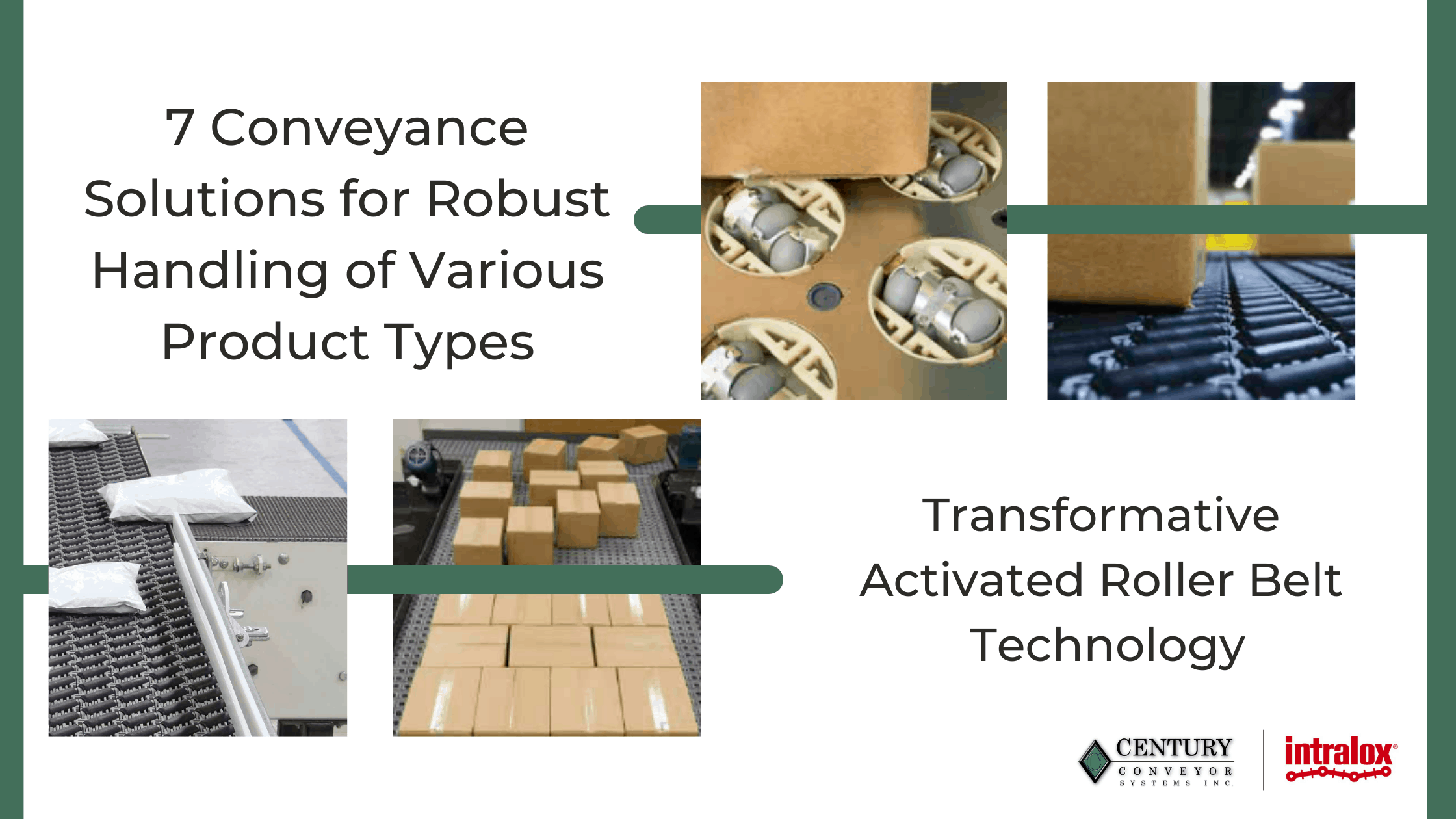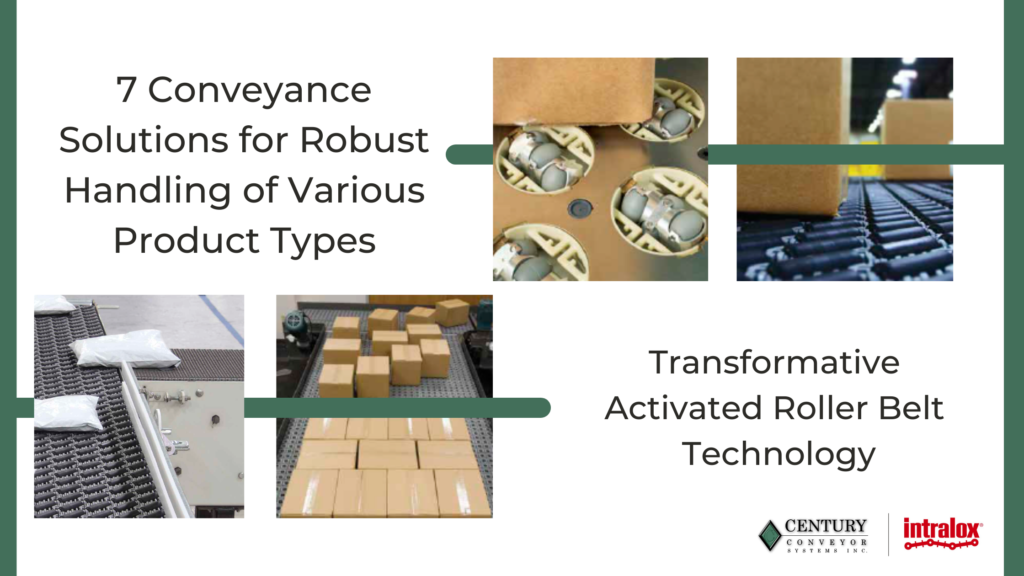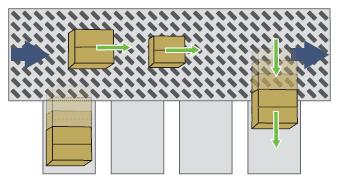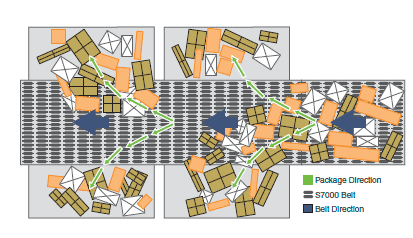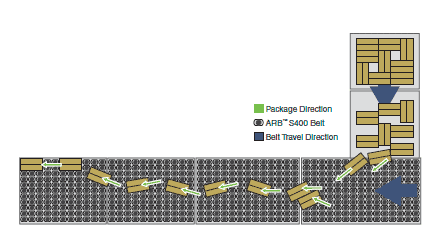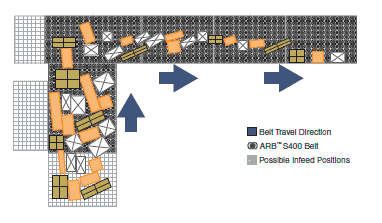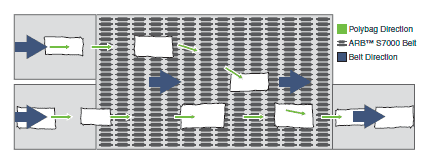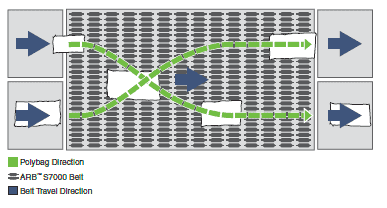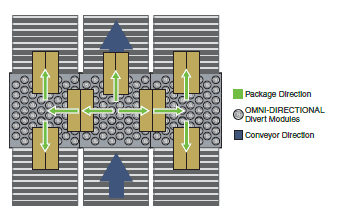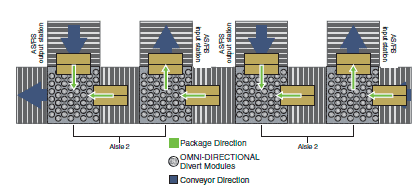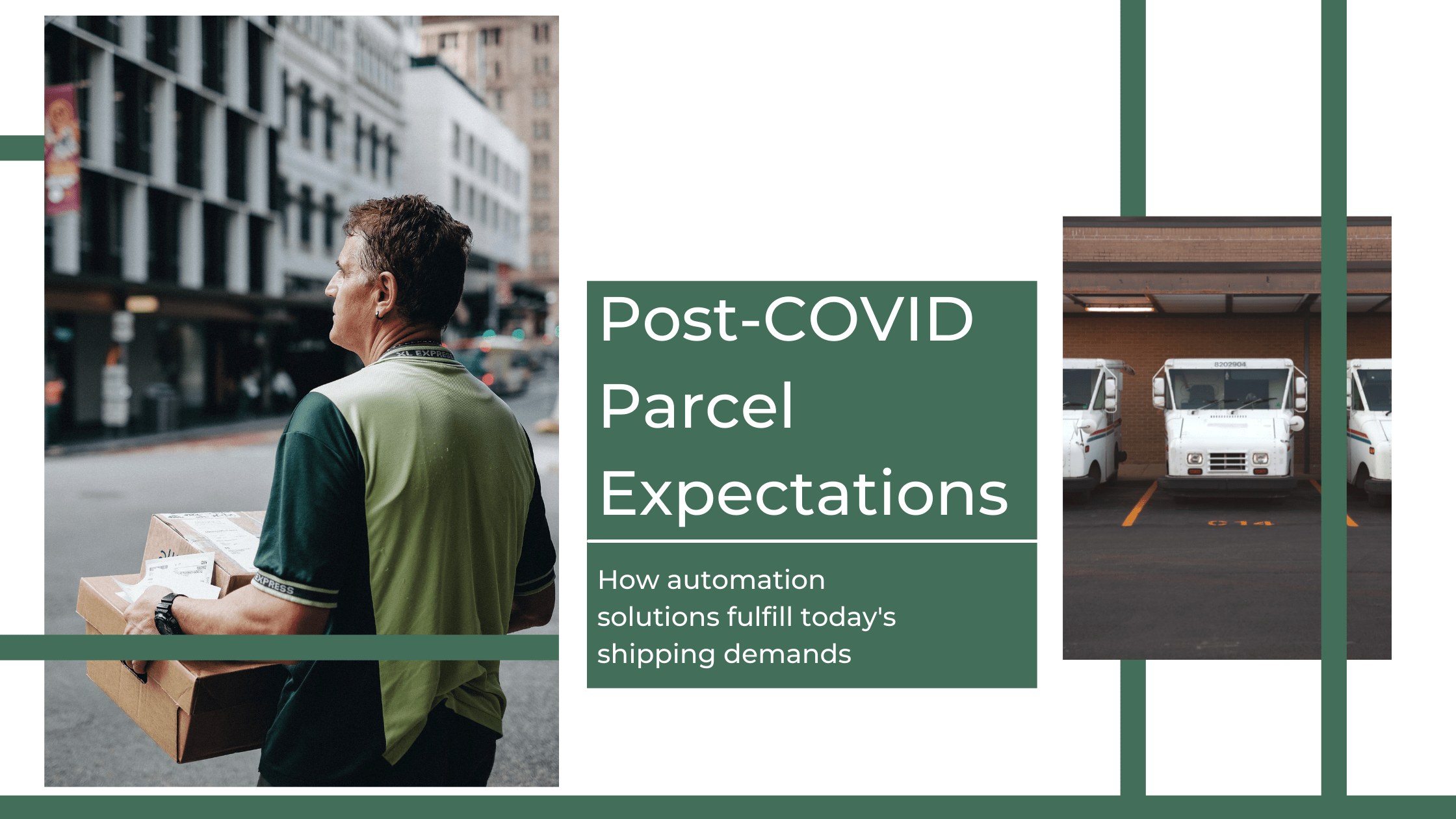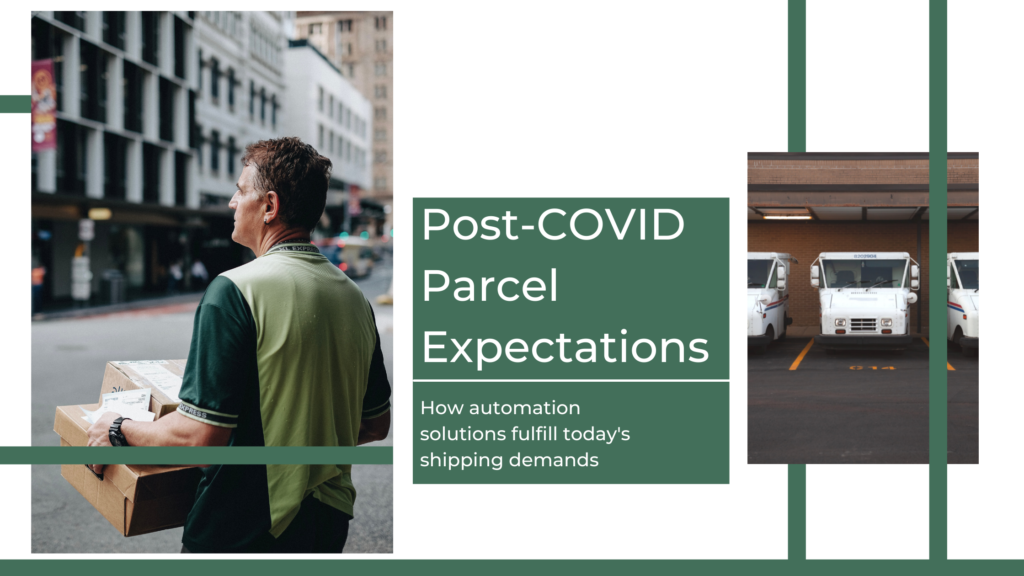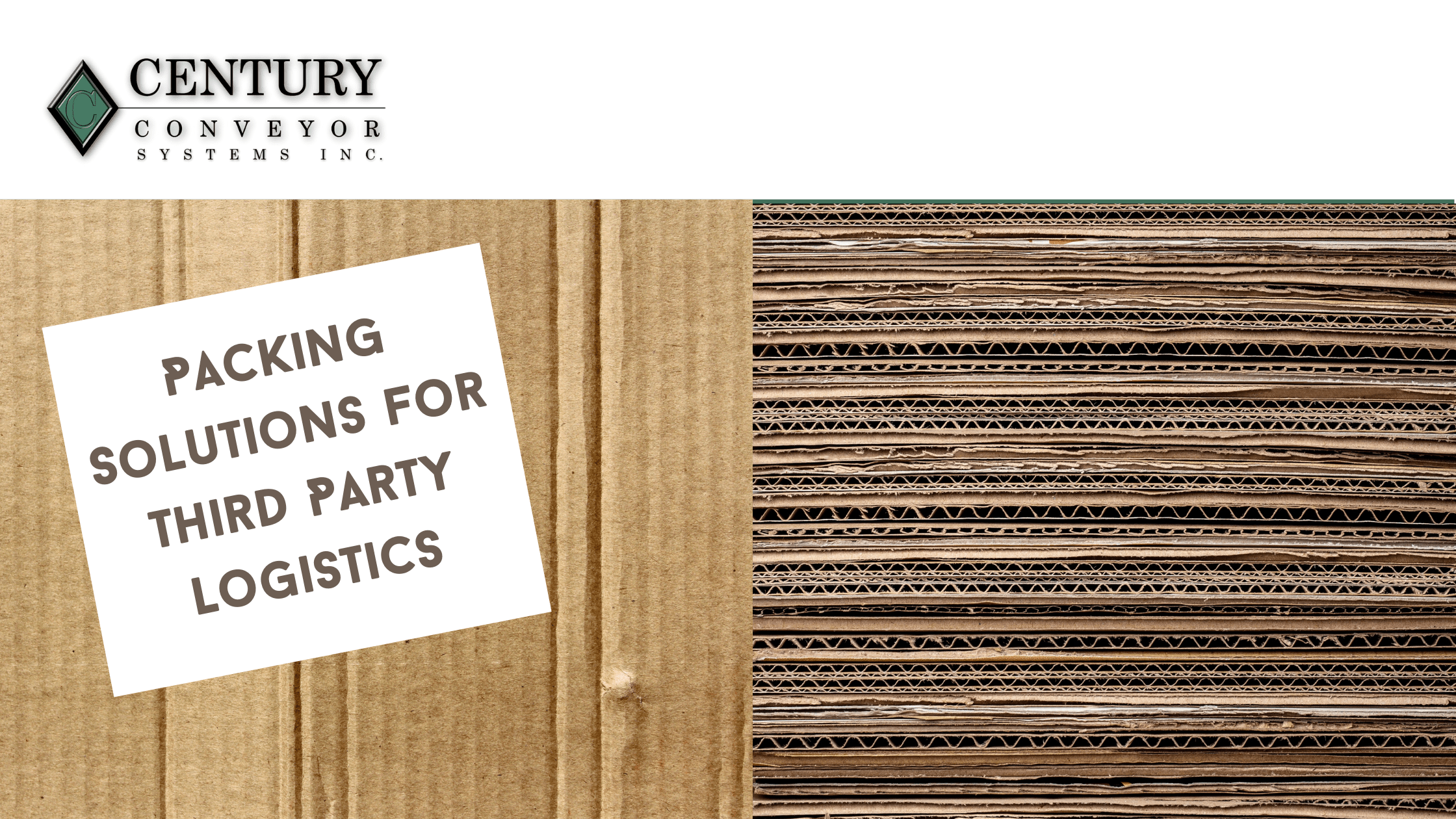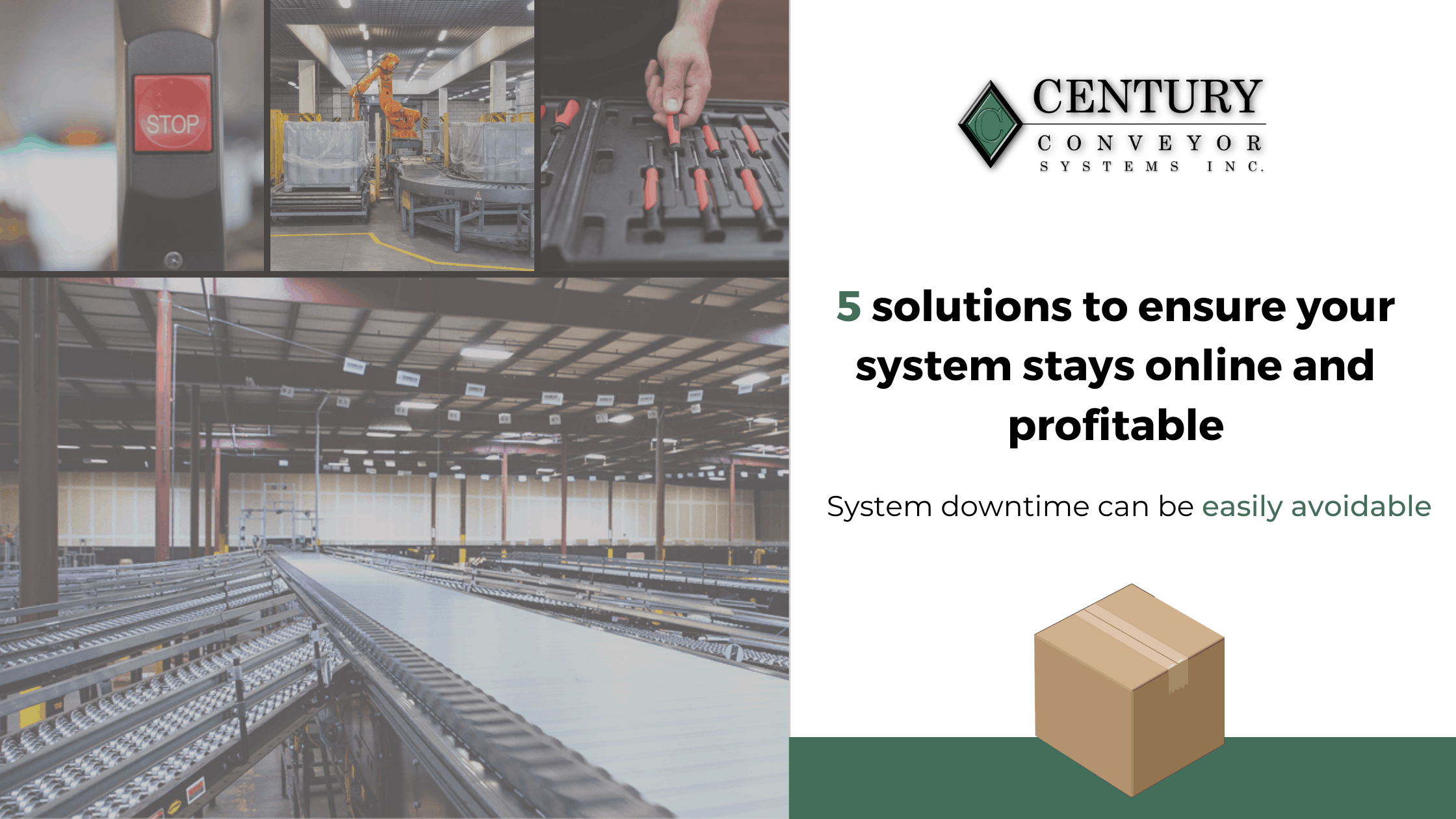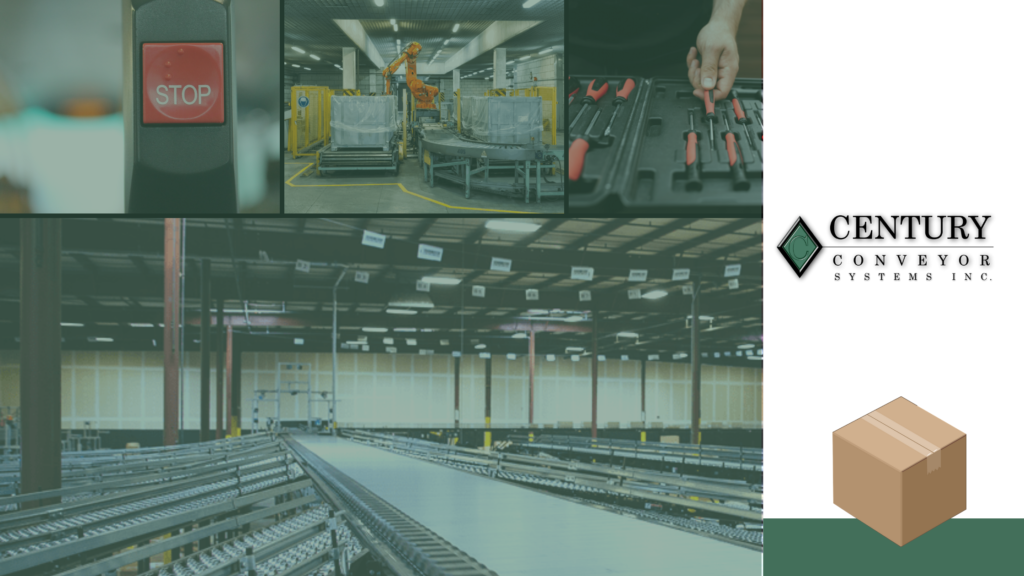
If the pandemic taught us anything, it’s that distribution operations for medical devices and equipment MUST be poised to accommodate for fluctuations in demand and in supply chain shortages. A multitude of factors can cause important distribution of key medical items to slow:
- Manufacturing material shortages
- Shortages in unskilled labor
- Distribution that cannot handle significant demand
- Additional safety protocol and procedures
- Local government enforced restrictions
- Use of manual operations where automation could be integrated
- Outdated or ineffective inventory management systems
- Inaccurate item storage and replenishment
Ensuring stable operations and quick delivery of medical products is paramount to the health and safety of its users, and the integrity of the company providing the distribution. Hospitals and practices are depending on their shipments to treat their patients, and an ineffective distribution system simply won’t cut it.
Dynamic inventory visibility
The first step to updating medical device and equipment distribution is always knowing the status of inventory items. Warehouse visibility is critically important for fulfilling orders, tracking output rates, and replenishing stock.
A warehouse management system (WMS) like SAP or Oracle. These platforms provide insight into inventory, quality procedures, production supply, delivery and transportation specifications, and labor management. The WMS collects data throughout your warehouse by utilizing process touchpoints, like an order manifest or a shipping label scan, to accurately track and provide details on all movements.
Depending on the solutions integrated within a facility, program integrations can be added to provide additional functionality. For example, Hytrol provides their Pivot software, so that their systems can more easily communicate and provide data to the entirety of the WMS.
It’s important to accurately have a grasp on the daily ongoings of every warehouse operation, and before investing in any automation, having full visibility of your operations is a must.
Reliable and quick order fulfillment
With medical devices and equipment, the time when an order is manifested, to when it ships out should always be analyzed for continuous improvement. What manual operations do you currently employ that could be automated? Essentially, every link in an order fulfillment process has an equivalent automated solution that will greatly outpace manual labor.
With medical devices and equipment, the time when an order is manifested, to when it ships out should always be analyzed for continuous improvement. What manual operations do you currently employ that could be automated? Essentially, every link in an order fulfillment process has an equivalent automated solution that will greatly outpace manual labor.
- Box forming- case formers and erectors, robotic arm formers
- Box sealing- case sealers, tapers
- Movement and picking of items- conveyors, shuttles, AGVs/AMRs
- Print and Apply- Automatic shipping label printers and applicators
- Sortation- Sorter conveyors and shuttles
- Palletizing- Automatic robot-arm palletizers/depalletizers
- Storage- canted racking systems, ASRS units
- And much more
System downtime avoidance
System downtime is a constant threat to a continuously profitable operation. The importance of proper maintenance and ongoing support is paramount to keeping orders shipping on time and clients satisfied. Unplanned downtime can cost companies up to $250,000 per hour, with 82% of businesses experiencing at least one system outage over the past three years (source).
In the medical devices and equipment vertical, unexpected downtime should be prevented at all costs, considering the importance of the contents being handled. Before a new solution is engineered and installed, plan a routine maintenance schedule. This may include technicians visiting your site a few months out of the year to do a check-up and replace anything that may be worn or broken. It’s also good practice to maintain a parts supply, in the event a critical part fails, and an immediate replacement is needed
Automation for sterile environments
In the wake of the pandemic, various companies have fortified their approach to employee safety and facility cleanliness. In a distribution facility for medical devices and equipment, where sanitization is a necessary step in the supply chain, automation can integrate as well.
AMRs (autonomous mobile robots) have recently been implemented with sanitization functionality. Tooling is switched out for bacteria-killing UV lights, or a disinfecting spray. Autonomous floor cleaning robots are also common, providing reliable, routine cleaning while forgoing the need for an employee to operate a cleaner manually.
Flexible warehouse engineering
Warehouse distribution processes can experience a significant downward trend of output efficiency by a variety of outside factors if future-focused automation options aren’t accounted for in the engineering phase. When selecting a solution, always ensure that your engineer leaves room for future systems to be installed or additional functionality for existing systems (retrofitting)
Consider the trajectory of your business. Are you expecting a new product line or special handling process (such as cold storage) to be integrated in the future? Careful evaluation should be practiced, as warehouse space is precious.
Century Systems has had experience with engineering distribution systems for medical devices and equipment companies (here’s a case study on a past client of ours), and we understand the importance of reliable and stable output rates. All of our projects are designed to be as efficient, turnkey, and results-driven as possible.




